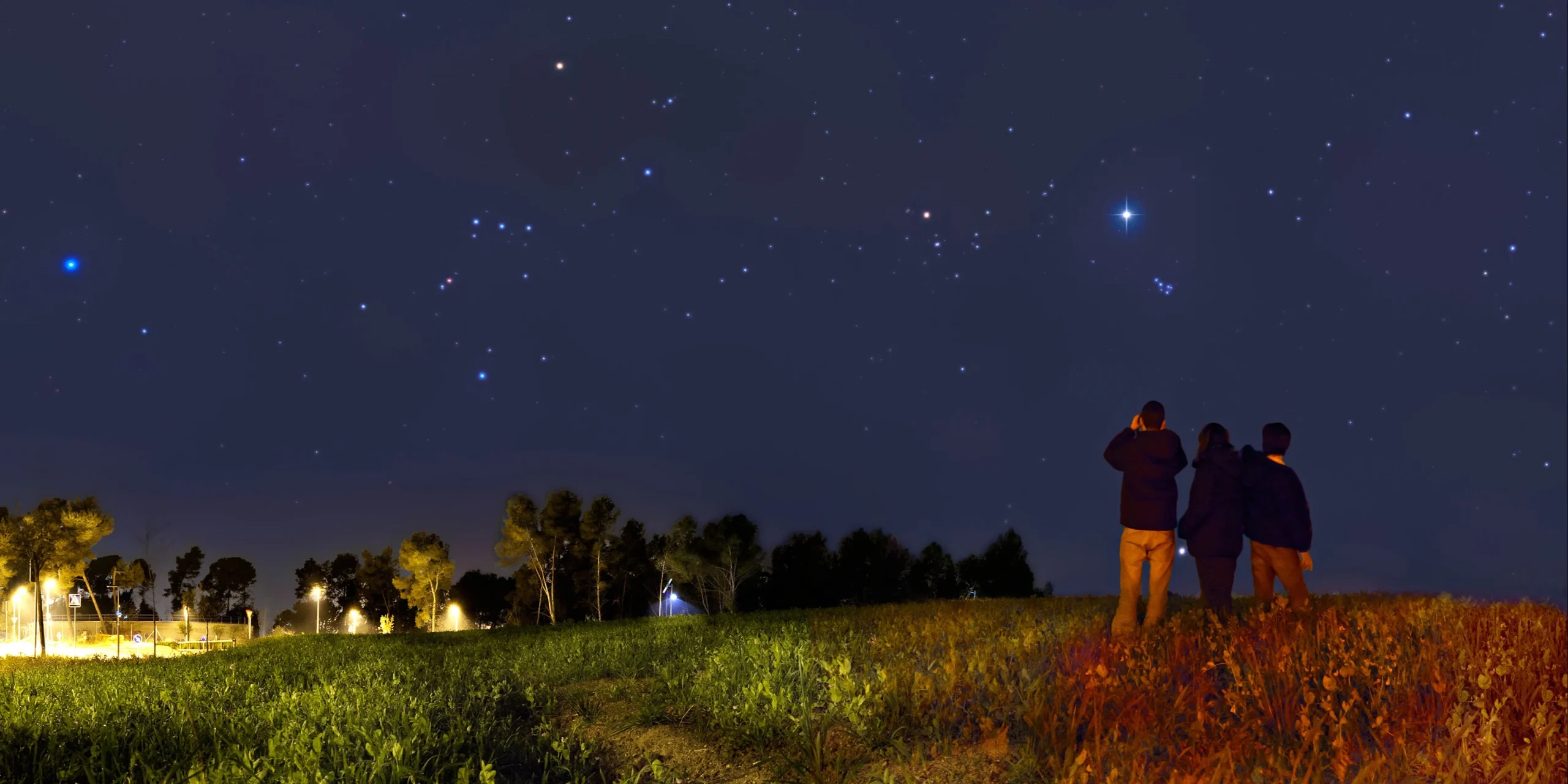politicalphishing.com – There’s something inherently magical about the night sky, especially during the summer months when the days grow shorter, and the nights are warm and inviting. The summer sky, with its tapestry of stars, planets, and celestial phenomena, offers a feast for the eyes and the imagination. Whether you’re an amateur astronomer or simply someone who enjoys the beauty of the cosmos, the summer sky has much to offer.
The Summer Triangle
One of the most striking features of the summer sky is the Summer Triangle, a prominent asterism formed by three bright stars: Vega, Deneb, and Altair. These stars are the brightest in their respective constellations—Lyra, Cygnus, and Aquila—and together they dominate the evening sky. The Summer Triangle is visible from late spring until autumn and serves as a reliable guidepost for stargazers.
Celestial Events
Summer is a season rich with celestial events. The Perseid meteor shower, peaking in mid-August, is one of the most anticipated events, offering a spectacular show of shooting stars as debris from the comet Swift-Tuttle enters Earth’s atmosphere. Additionally, the summer solstice, marking the longest day of the year, is a significant astronomical event that has been celebrated by cultures around the world for millennia.
Observing the Planets
The summer sky is also a great time to observe the planets. Jupiter, the largest planet in our solar system, is particularly prominent and can be seen with the naked eye. Its bright, steady light is unmistakable. Saturn, with its stunning rings, is also visible during the summer months, offering a breathtaking view through a telescope.
Stargazing Tips
For those looking to make the most of their summer stargazing, a few tips can enhance the experience. First, find a location away from city lights to minimize light pollution. Next, give your eyes time to adjust to the dark; it can take up to 30 minutes for your pupils to fully dilate. Using a star chart or a mobile app can help you identify constellations and celestial objects.
The Joy of Stargazing
Stargazing is more than just a hobby; it’s a journey of discovery and wonder. Each star, constellation, and celestial event tells a story, a piece of the vast, intricate puzzle that is the universe. Whether you’re learning about the life cycle of stars, the formation of galaxies, or the history of human exploration, the night sky is a classroom without walls.
Conclusion
As the summer nights unfold, take a moment to look up. The starry sky is a reminder of our place in the universe, a source of inspiration, and a testament to the beauty that lies beyond our earthly confines. Whether you’re a seasoned astronomer or a curious newcomer, the summer sky offers endless opportunities for exploration and wonder. So, find a comfortable spot, gaze upwards, and let the stars guide your journey through the cosmos.
